From lightbulbs to lawn mowers, the next few years could usher in a wave of federal bans aimed at saving energy, cutting emissions, and reducing household toxins. Items we’ve relied on for decades are now in regulators’ crosshairs as greener technologies go mainstream. That means some everyday staples may soon be illegal to sell—or at least hard to find—by 2026. Here’s a look at 13 common products facing the chopping block, why they’re problematic, and how to get ahead of the changes.
1. Non-Recyclable Plastic Bags
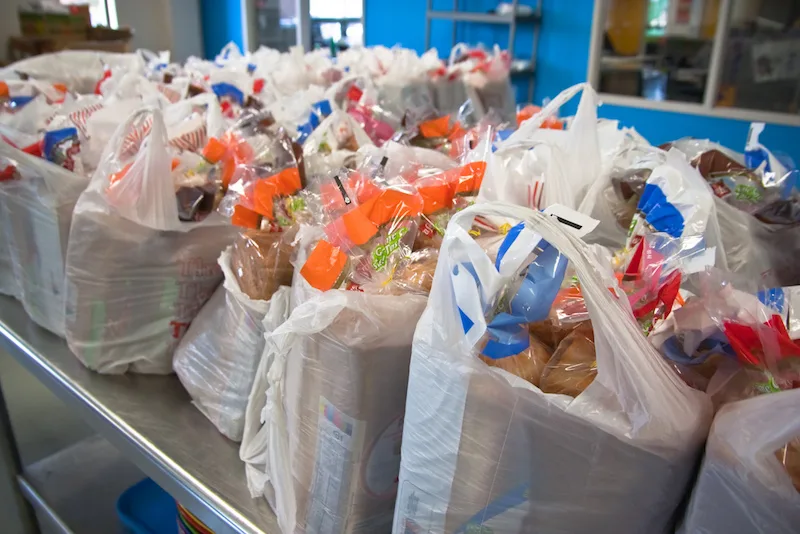
Those thin grocery bags stuffed under your sink could soon be museum pieces. As noted by Forbes, more than 20 states and hundreds of municipalities have already enacted fees or bans on single‑use plastic bags to combat pollution. Lawmakers in Congress have floated nationwide restrictions that would phase out non‑recyclable variants by 2026. Environmental groups argue the move could eliminate billions of littered bags from waterways every year.
Many stores are already nudging shoppers toward reusable totes or paper alternatives. If you still rely on the free plastic option, start keeping a foldable bag in your car or backpack. Reusable bags can handle more weight, last for years, and often score you a small checkout discount. Getting in the habit now means you won’t be stuck juggling groceries the day the nationwide ban kicks in.
2. Gas-Powered Lawn Equipment

The familiar roar of a two‑stroke leaf blower might soon be a lot less common. According to Bloomberg, states like California have passed laws requiring most new small‑engine equipment to be zero‑emission by 2024, and federal regulators are studying similar measures. Gas mowers, trimmers, and blowers emit more smog‑forming pollutants per hour than many cars. Regulators say a national phase‑out could shave millions of tons of carbon emissions by 2026.
Battery‑powered models have come a long way, offering quieter operation and no need for gasoline runs. Upfront cost is higher, but fuel and maintenance savings balance it out over several seasons. If you own a landscaping business, upgrading early avoids a last‑minute equipment scramble. Homeowners who switch now will also earn goodwill from neighbors who enjoy the newfound peace and cleaner air.
3. Old-School Thermostats
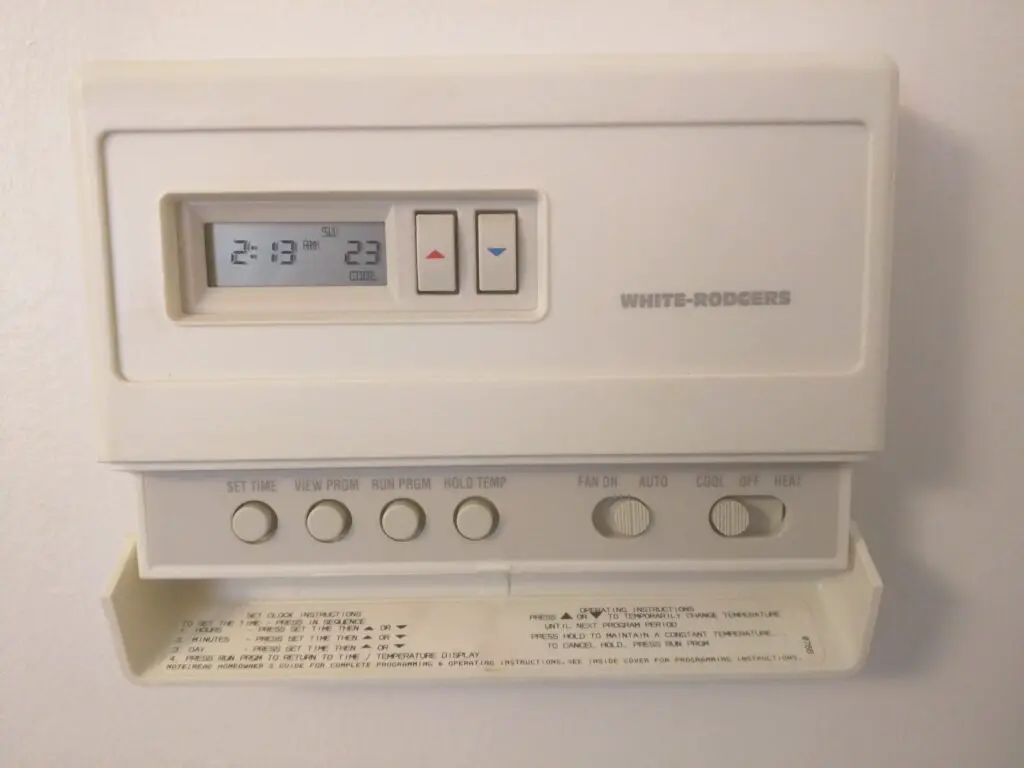
Those beige round thermostats hiding mercury inside are living on borrowed time. The EPA’s Universal Waste regulations already treat mercury thermostats as hazardous, and many states require retailers to collect them for safe disposal. Energy‑efficiency proposals under review at the Department of Energy could effectively ban their sale nationwide by 2026. Smart thermostats not only avoid toxic metals but can slash heating and cooling bills by learning your schedule.
If your house still sports a mercury unit, look for local take‑back programs before tossing it in the trash. Most utility companies offer rebates on smart replacements, making the upgrade close to free. App‑based controls let you tweak temperatures remotely, a perk for travelers and forgetful teens. Switching now removes a potential hazard and future‑proofs your HVAC system.
4. Incandescent Light Bulbs
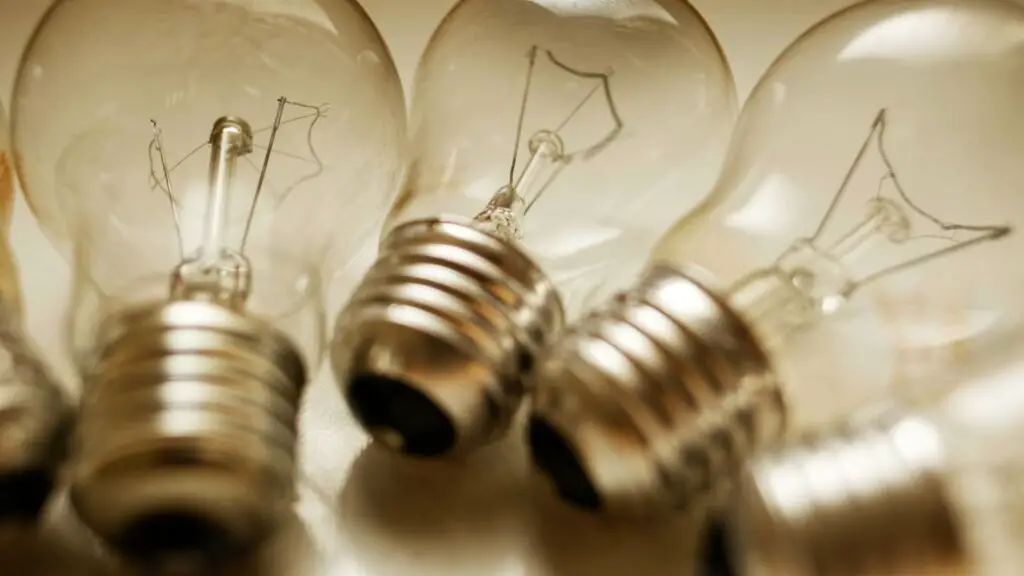
Classic incandescent bulbs are already disappearing from store shelves, and the trend is only accelerating. According to the U.S. Department of Energy, new federal standards that took effect in 2023 effectively banned the manufacture and sale of most incandescent bulbs. The rules push consumers toward LEDs and other high‑efficiency options that use at least 75 percent less energy. With enforcement ramping up, retailers caught selling leftover stock face hefty fines.
If you love the warm glow of incandescents, you may be tempted to hoard a few boxes now. Keep in mind that swapping to LEDs can cut your lighting costs by up to $225 a year, so the stash may not be worth it. Many new LED models also offer adjustable color temperatures, eliminating the “too blue” complaint of early versions. Making the switch now saves money on your power bill and avoids scrambling when the last bulb burns out.
5. Non-Energy-Efficient Appliances
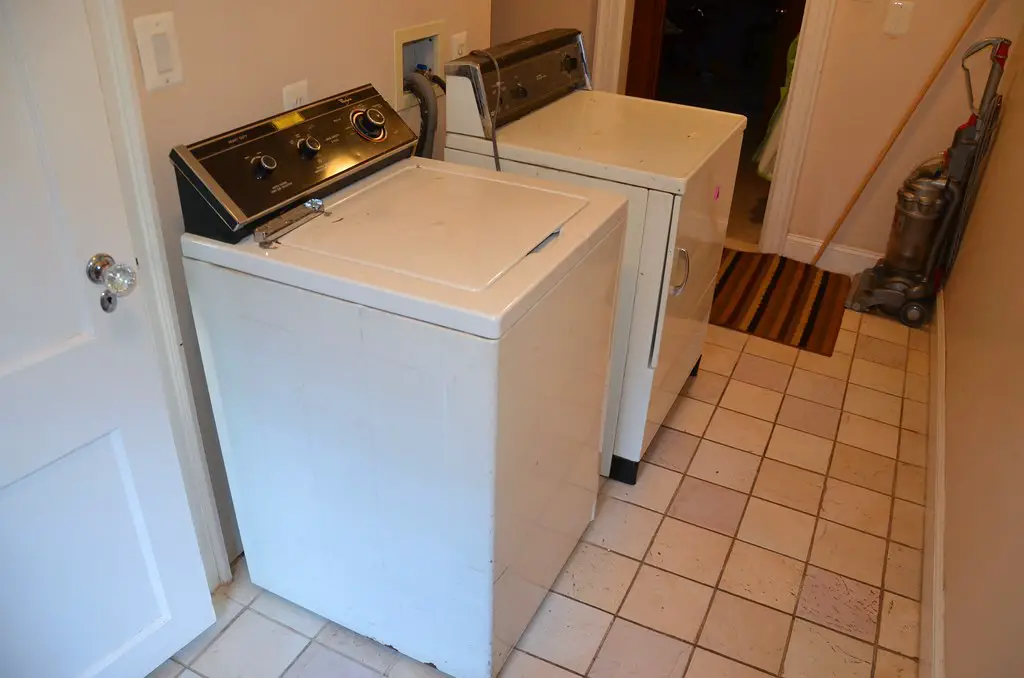
That 1990s fridge humming in the garage may be chilling more than just soda—it’s chilling your energy budget. Older appliances can use two to three times more electricity than new Energy Star models. As efficiency standards tighten, manufacturers will stop making power‑hungry units that miss the mark. Once replacement parts dry up, keeping grandpa’s refrigerator running will get pricey fast.
Swapping to efficient models lowers your utility bills and boosts your home’s resale appeal. Buyers love to see that shiny yellow EnergyGuide label showing long‑term savings. Many states offer rebates or tax credits to ease the upgrade cost. Taking advantage of those incentives now beats rushing to replace a dead appliance after the ban hits.
6. Foam Food Containers
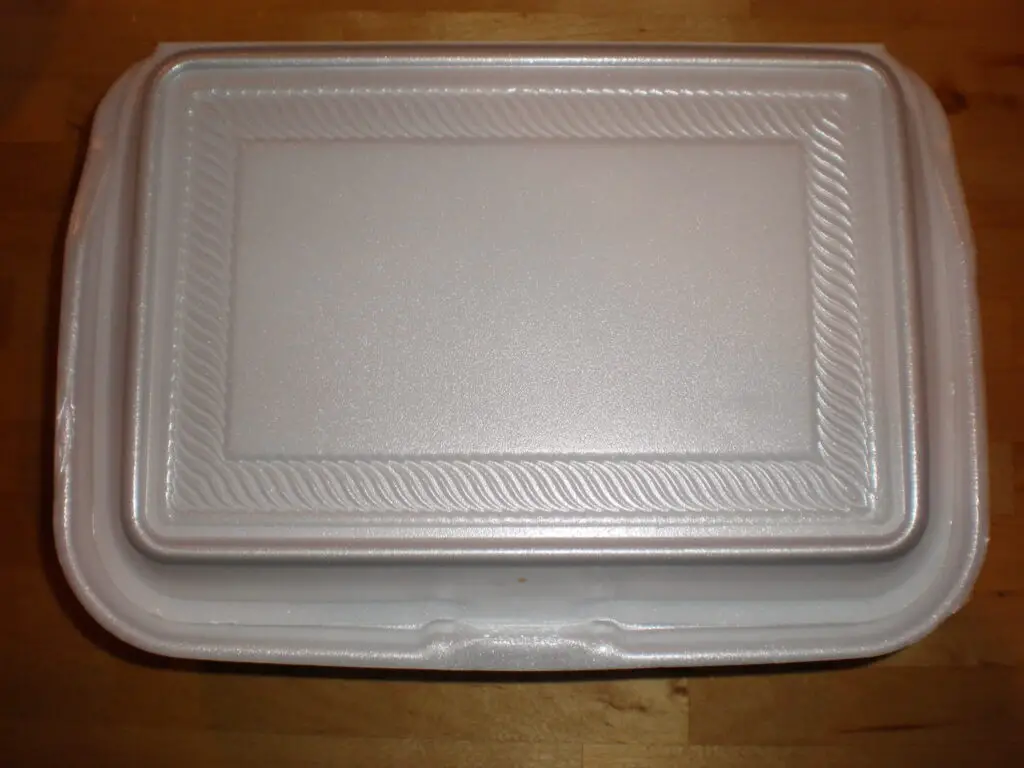
The classic white clamshell that kept countless burgers warm is quickly becoming persona non grata. Expanded polystyrene, better known as Styrofoam, lingers for centuries in landfills and breaks into microplastics in waterways. Dozens of cities already ban restaurants from using these containers, and lawmakers are eyeing a federal prohibition by 2026. Restaurant supply chains are pivoting to compostable fiber or recyclable paper as their default.
If you’re hosting picnics or stocking up for takeout, consider switching to reusable glass or stainless‑steel containers. These sturdier options keep food hotter and cut down on trash bags at home. For party hosts, buying in bulk can make compostable plates and bowls surprisingly affordable. Your garbage can—and the local seagulls—will thank you.
7. Chemical-Based Cleaners

That neon bottle promising a “pine fresh” scent often hides ammonia, phosphates, and other harsh chemicals. As awareness grows about indoor air quality, regulators are targeting ingredients that pollute waterways or trigger asthma. Retailers have started dedicating more shelf space to plant‑based, biodegradable formulas ahead of potential bans. Industry insiders predict certain compounds could be phased out nationwide within the next couple of years.
DIY vinegar solutions and eco‑label cleaners can handle most household messes without the chemical cloud. Switching also means fewer safety locks to keep curious kids out of harm’s way. Many green products now match or outperform the old standbys, so you’re not trading efficacy for ethics. A cleaner house and a cleaner conscience make the switch an easy sell.
8. High-VOC Paints
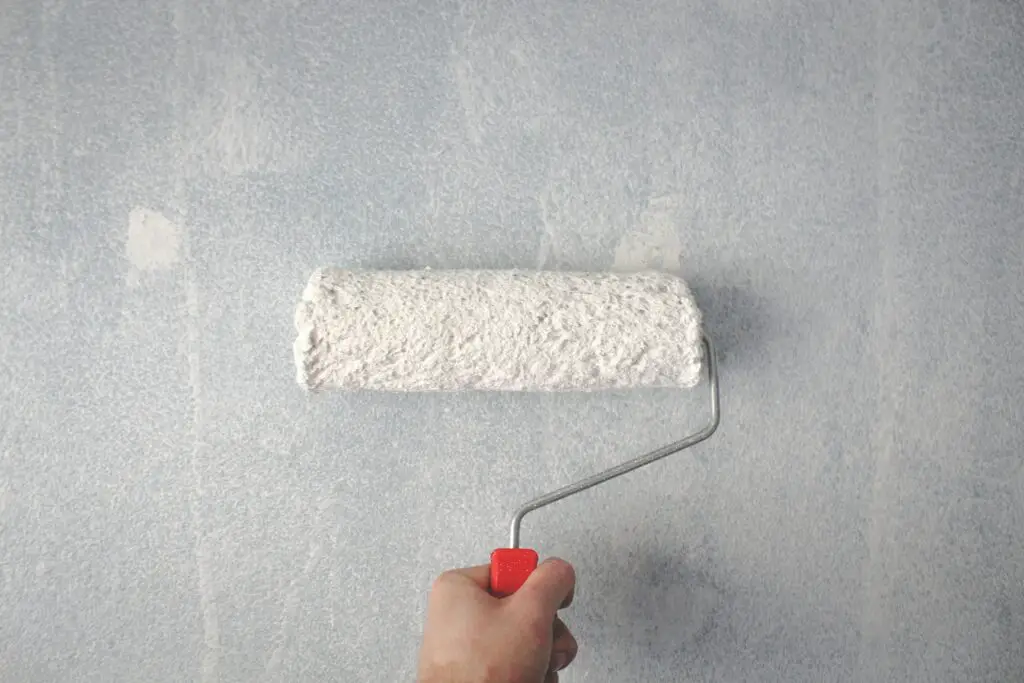
If opening a paint can still makes your eyes water, you’re likely holding a high‑VOC formula. Volatile organic compounds contribute to smog outdoors and headaches indoors, so regulators are tightening limits each review cycle. Paint makers have responded with low‑VOC and zero‑VOC lines in every shade imaginable. By 2026, high‑VOC options may be relegated to industrial use or banned outright for residential projects.
Choosing low‑VOC paint means fewer lingering fumes and quicker re‑entry to freshly painted rooms. You’ll breathe easier during the project and while sleeping in that room afterward. Low‑odor options also make indoor winter painting feasible without cracking every window. Color your walls and keep your air clean at the same time—it’s a win‑win.
9. Traditional Wood-Burning Fireplaces
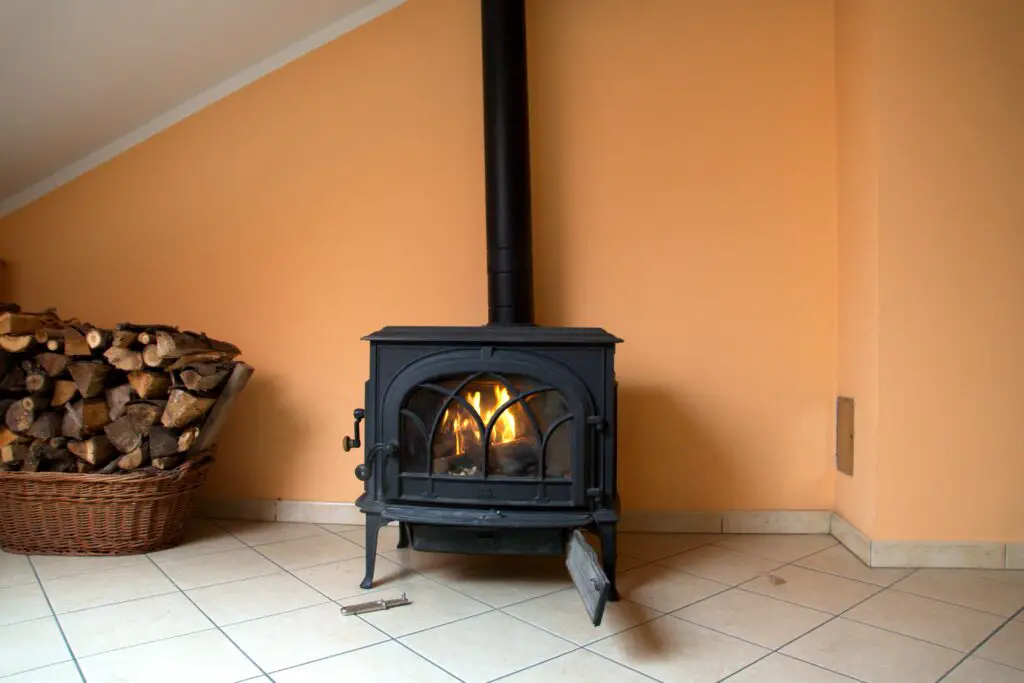
Roaring wood fires set a cozy mood, but they also release fine particulates that cloud city skylines. Several states already restrict new construction of open fireplaces in dense areas to curb winter smog. Lawmakers are considering broader bans or retrofit requirements that could take effect nationwide. Replacement options like sealed gas inserts or electric logs offer ambiance without the ash.
If you’re attached to real flames, EPA‑certified wood stoves burn more efficiently and meet stricter emissions standards. These units produce more heat per log and less smoke in the flue. Upgrading before mandates hit can qualify for federal tax credits that offset installation. You’ll still enjoy crackling logs—just without smokestack guilt.
10. Non-Compliant Water Fixtures
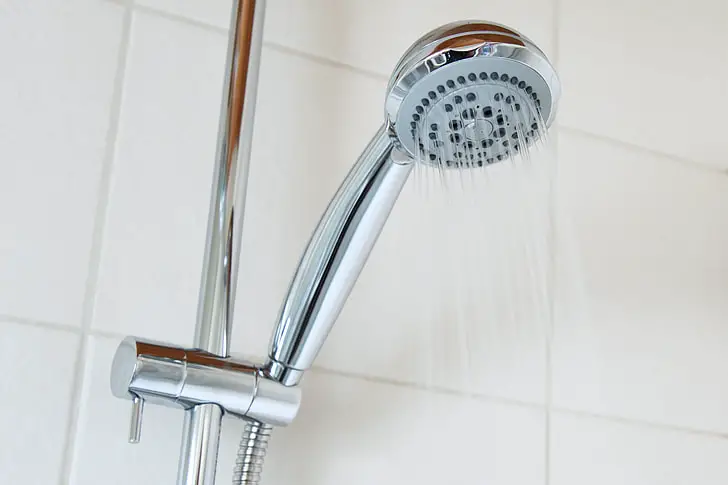
That vintage showerhead feels luxurious but may dump five gallons a minute, literally pouring money down the drain. Modern plumbing codes cap flow rates to conserve water during droughts and reduce utility strain. Fixtures that exceed upcoming limits could be barred from sale within a few years. Some areas already require proof of compliant fixtures before issuing remodel permits.
Switching to WaterSense‑labeled showerheads and faucets can cut consumption by up to 30 percent without sacrificing pressure. Lower usage shows up on both water and energy bills because there’s less hot water to heat. New models also come with sleek finishes that update your bathroom’s look instantly. It’s a small swap that pays dividends every month.
11. PVC-Based Products
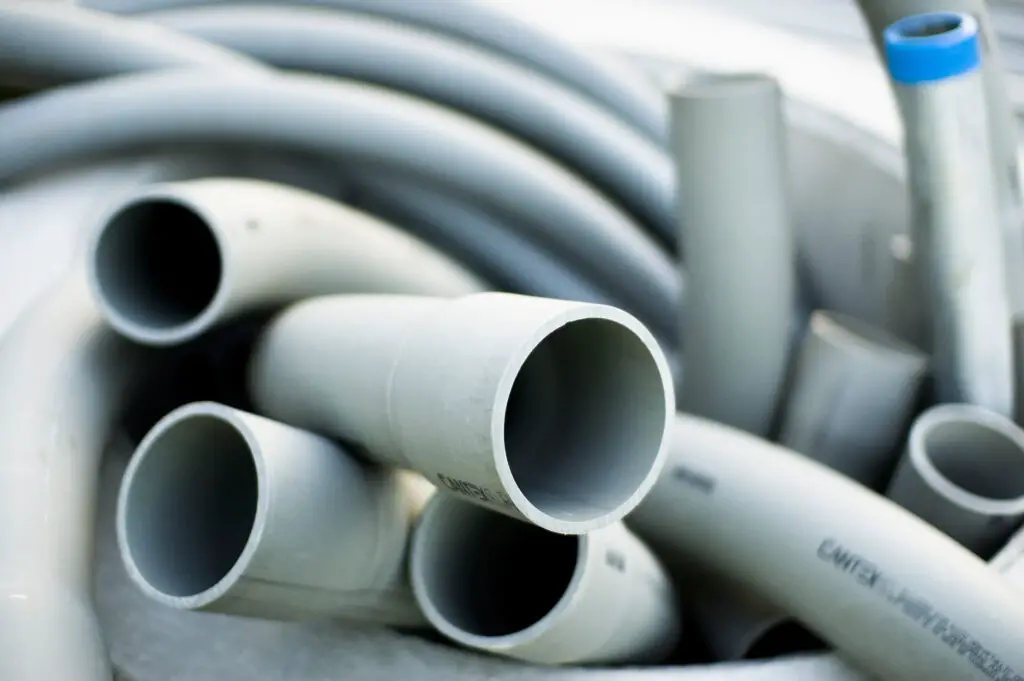
Polyvinyl chloride flooring and trim have long been cheap, durable staples, but concerns over dioxin emissions are mounting. Health advocates are pushing for bans on certain PVC formulations used in homes. Manufacturers are experimenting with safer vinyl blends, yet regulators may opt for a full phase‑out by 2026. Homeowners exploring remodels are seeing more options in bamboo, cork, or linoleum instead.
Natural materials often cost a bit more up front but boast lower chemical footprints and easier recycling. They also add warmth and texture that synthetic planks sometimes lack. If you’re planning new floors, choosing PVC‑free products positions your house ahead of the curve. Future buyers will notice—and so will your indoor air quality.
12. Flame Retardant Furniture

For decades, couches and mattresses were doused in chemical flame retardants linked to hormone disruption. Consumer safety rules have shifted toward smolder‑resistant fabrics and barrier layers that work without toxic additives. Several states have banned older flame‑retardant formulas, and national regulations could follow suit. Retailers now advertise PBDE‑free or CertiPUR‑US labels to reassure shoppers.
If you’re in the market for new furniture, look for natural wool, cotton, or latex fills that resist flames naturally. These materials keep indoor toxin loads low, especially important for babies and pets. Covering old cushions with slipcovers won’t solve the chemical issue, so consider replacing high‑use items first. Breathing cleaner air in your own living room is worth the investment.
13. Disposable Coffee Pods
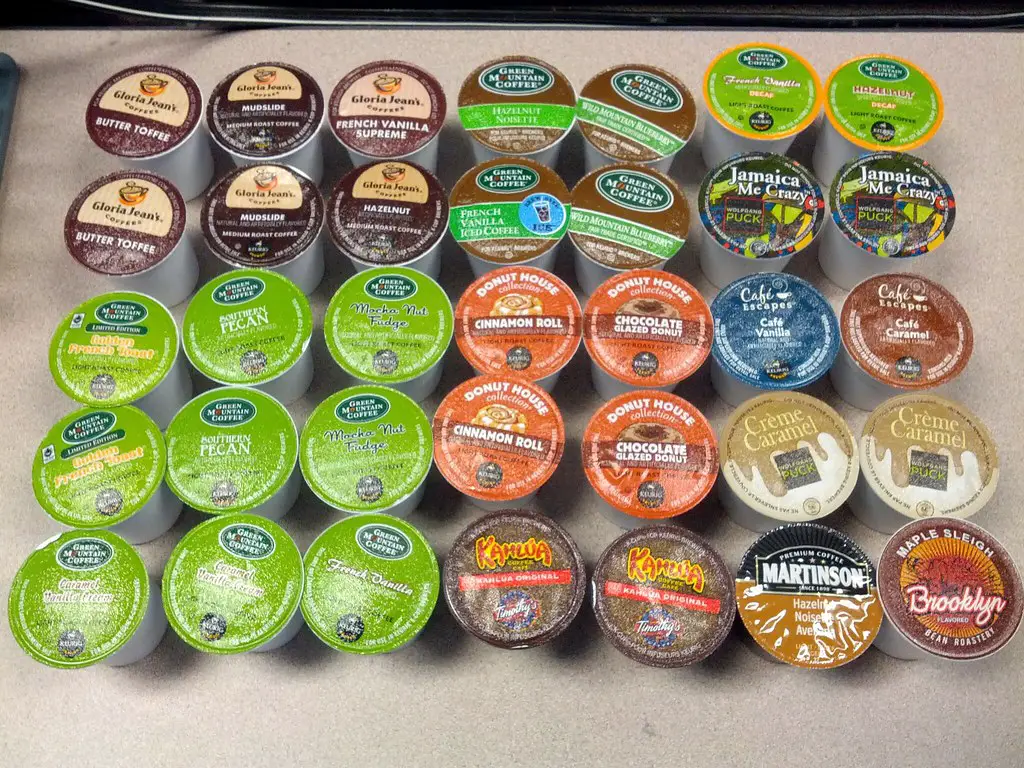
Single‑serve coffee pods revolutionized mornings but dumped billions of tiny plastic cups into landfills. Municipal recycling systems struggle with their size and mixed materials, so pods often end up as trash. Regulators have floated bans or recycling mandates that could phase out non‑compostable pods by 2026. Coffee giants are already rolling out fully compostable or reusable pod options in anticipation.
If your machine takes proprietary pods, check whether refillable stainless‑steel versions are available. These let you choose your own beans and cut waste to nearly zero. Compostable pods are another easy upgrade that still delivers push‑button convenience. Your morning caffeine fix can stay fast without leaving a plastic legacy behind.
